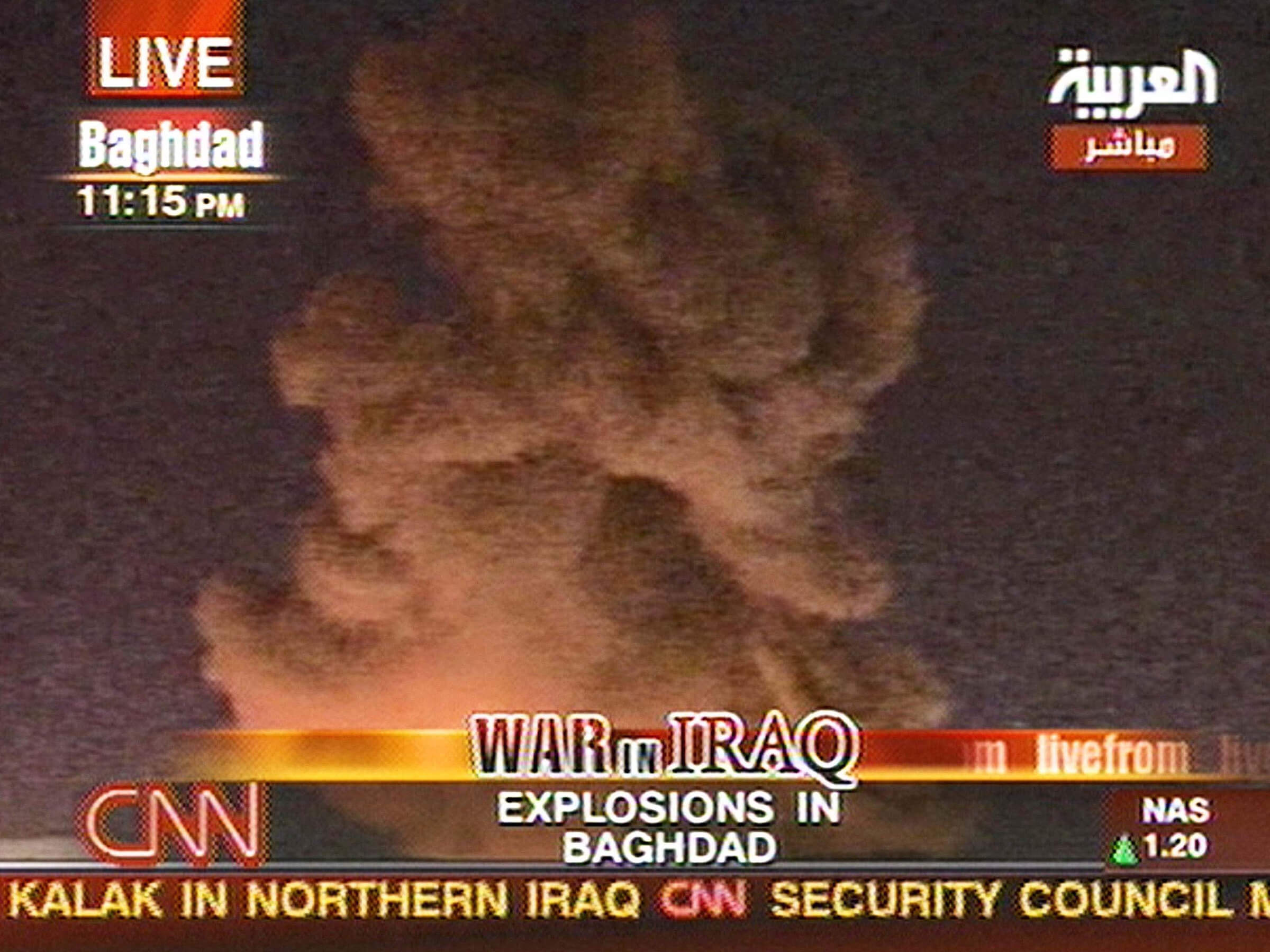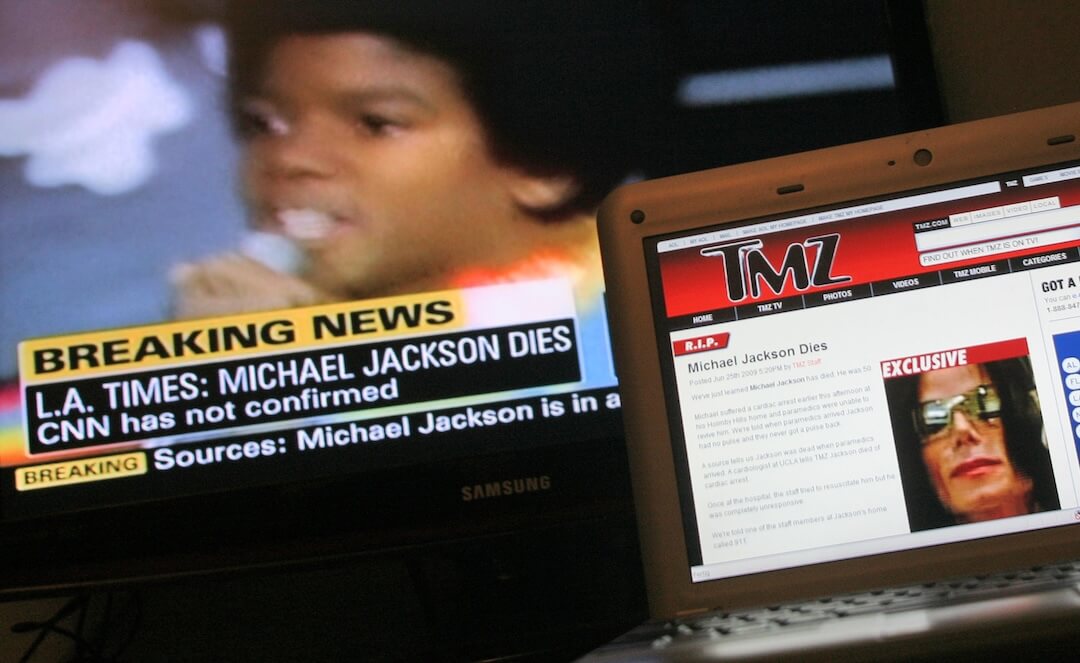No matter how we consume election results tonight, printed newspapers will probably be in huge demand tomorrow.
That was the case eight years ago, when Barack Obama was elected. High demand resulted in scarce supply: The Chicago Tribune sold framed copies for $99, street vendors sold out of papers and there were widespread reports of people stealing copies from doorsteps. The New York Times upped its print run by 35 percent, than printed 75,000 more papers on top of that.
This year, newspaper companies are prepared to cash in on the extra demand. Many titles in the nationwide USA Today Network owned by Gannett are printing “thousands of extra copies” tomorrow, said Chrissy Terrell, director of corporate communications. They’ll also print up special editions.
“Numerous USA TODAY Network sites are planning extra copies and/or commemorative editions on Wednesday, including the Detroit Free Press, The (Bergen) Record (single copy and “bonus” deliveries), Cincinnati Enquirer, The Des Moines Register, The Desert Sun, and Tennessean (poster page on front),” she said.
The Washington Post is also planning for increased demand, said Molly Gannon, communications manager.
“We plan to print several times our usual weekday single copy print for the election edition,” she said. “We will also leave plates on one of the presses for this edition should there be a need to go back to press due to demand issues. This will enable us to get papers to market quickly.”
The Wall Street Journal is planning for a 50 percent increase in its newsstand copies, said Steve Severinghaus, communications director at The Wall Street Journal.
Newspapers are also prepared for the possibility of late-breaking news. USA Today has established rolling production deadlines in case no winner emerges quickly: The first edition will close at 11:30 p.m., with two or three additional deadlines between 12:15 a.m. and 1 a.m. The company will have four additional deadlines to accommodate its the West Coast papers.
“The newsroom will coordinate with field and circulation managers if a winner is not announced in time for our scheduled 11:30 pm close,” Terrell said.
Meanwhile, if no winner is declared by 3:30 a.m., The Washington Post will continue with its normal distribution to retail outlets.
Some of the increased demand is driven by collectors, who snap up historic papers hoping they will sell for a bundle later. But it doesn’t usually work out that way.
A quick tour through eBay shows newspapers from the day after President Kennedy’s election going for $67. Reagan election-era papers run about $30 to $45 in good condition.
For a newspaper to have more than sentimental or keepsake value, the paper must be historically relevant — such as the “Dewey Defeats Truman” edition of the Chicago Daily Tribune from 1948. In good shape, that paper could be worth thousands of dollars because the Tribune took copies off the streets after it realized the mistake.
Newspaper editions depicting other historic events also fetch a higher price: A front page from the day after President Lincoln’s assassination could be worth thousands today; The Honolulu Advertiser’s coverage of Pearl Harbor bombing goes for around $35 depending on the condition of the paper. An original paper reporting Lincoln’s Gettysburg Address costs $2,870.
Buyer beware, though: Ebay’s newspaper buyer’s guide notes that publishers often publish reprints that appear authentic but have actually been issued relatively recently.
While many of the most valuable vintage papers depict tragic stories, that’s not always the case. This front page, priced at $18,500, marks the first report of what would become the 1901 Texas oil boom.
In the days after the 2008 election, outlets reported that people were asking hundreds of dollars for newspaper front pages. Before you buy a stack of 2016 editions for your retirement portfolio, keep in mind that front pages from 2008 cost between $3 and $10 on eBay. Most of the listings have no bids.







